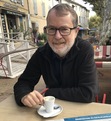Keith Van Sickle's Blog
November 26, 2025
Why I Love Provence
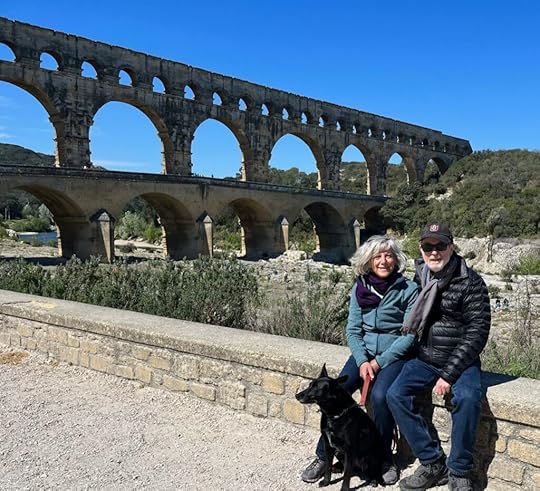
I was interviewed recently by The Connexion about my life in Provence. Every month it features an English-speaking expat in France, asking what they think about living there. The people interviewed are usually those who have moved to France full-time, but I guess they wanted to mix it up this month and talk to a part-timer like me.
If you guessed that I love it in Provence, you would be right! Here’s the interview in The Connection!
November 19, 2025
France’s Favorite Monument
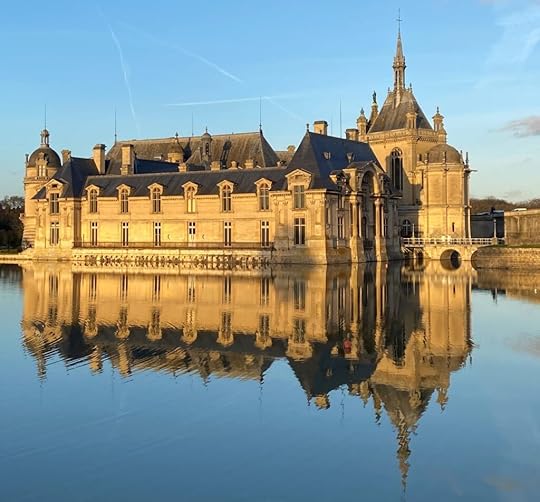
Every year, the French vote on their favorite monument. It’s a big deal–dozens of monuments from all over France are nominated, and then there is a round of voting by internet. The top vote-getters become finalists, and voting happens all over again.
Then comes the big reveal: a two-hour television broadcast where the Top 10 are slowly counted down, with a segment on each. Finally, the big winner!
Millions of people participate and the television broadcast is a big deal, with everyone wondering who the winner will be.
France’s Favorite Monument of 2025 has just been revealed. Would you like to know what it is? Find out in France Today!
November 12, 2025
France’s Female Wine Revolution
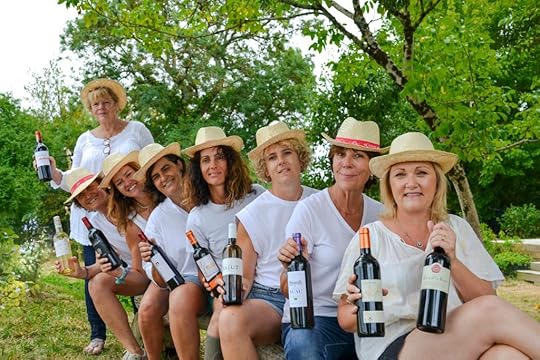
Wine has traditionally been a man’s world, from winemakers to sommeliers to critics. There have been important exceptions, like champagne innovator Barbe-Nicole Ponsardin Clicquot of Veuve Clicquot fame, but women have generally been few and far between. Thirty years ago, fewer than 14% of the country’s wine estates were run by women.
But then women started working together, sharing knowledge and resources through regional winemaker associations. The first was in Bordeaux and they have since spread throughout the country. Today the number of French wine estates run by women has more than doubled, to over 30%.
How did they do it? Find out at France Today!
October 29, 2025
A Funny Book About Life in France
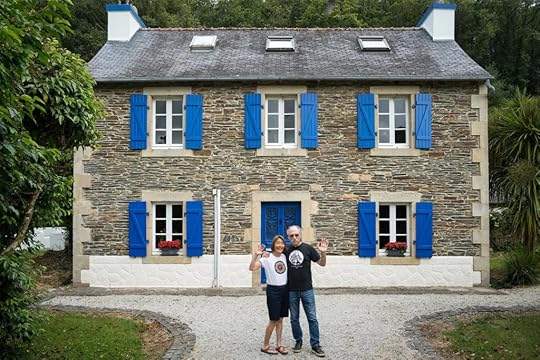
I’m a big fan of Mark Greenside’s books, and a new one has just arrived.
Thirty-some years ago, Greenside bought a house in France almost by accident. Since then he and his wife have spent months there every year, making friends and becoming part of the local community. But given that Greenside doesn’t speak French and is generally inept, this has not been without its challenges.
Luckily for us, Greenside is a gifted writer with a wonderful sense of self-deprecating humor. He’s previously written two hilarious books about his life in France, and this one is just as funny, but also a bit wistful.
Greenside, you see, is getting up in years, and is not sure how much longer he’ll be coming to France. He looks back on his time there and how it has changed him, and it’s beautiful to read. I really enjoyed this book and you might, too.
You can read my book review, with links to my reviews of his first two books, in My French Life!
October 22, 2025
French Crown Jewels Stolen!
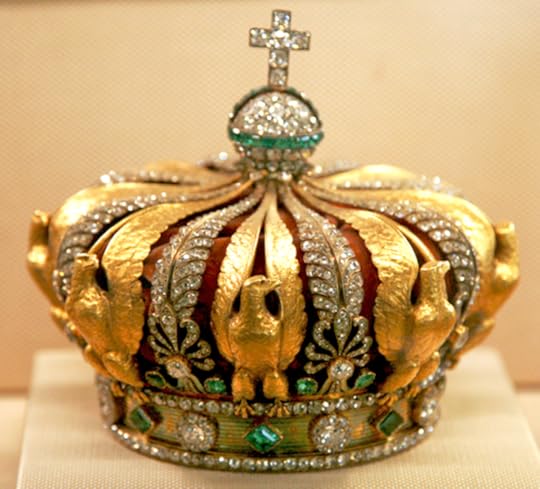
You have probably seen the news about the French Crown Jewels. A few days ago, thieves broke into the Louvre in a brazen daylight robbery. With them went many of the crown jewels, a terrible loss.
People are often surprised that France even has crown jewels. Didn’t those go away with King Louis XVI and Marie-Antoinette?
I wrote about this a few months ago, but I thought it might be timely to republish that story. You can read it in France Today.
October 15, 2025
From Kitchen to Distillery

One of my favorite restaurants in St-Rémy is Chapeau de Paille. Or rather, it WAS one of my favorites.
Last year Julian and Emilie Martinat sold it to launch a new venture, a distillery. It’s not as big a change as you might think, as chef Julian explained to me. He said, “Making distilled products is like making a sauce. You need the right blend and the right balance.”
The Martinats have started with pastis, the famous liquor of Provence, and are quickly branching out into eau de vie made with the region’s famous fruits. If you are in the area, be sure to stop by for a tasting, and maybe a bottle or two!
Read all about Distillerie des Alpilles in Perfectly Provence!
October 8, 2025
Paris vs Provence
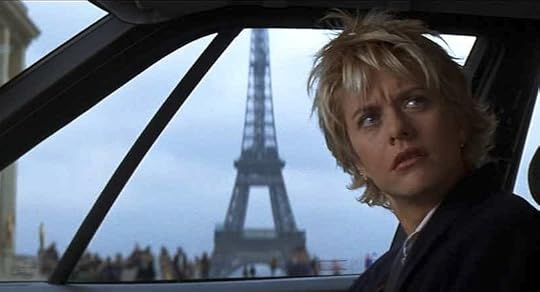
Paris is one of the world’s greatest cities, with monuments and museums galore. Food! Gardens! Shopping!
I love Paris, but is it the best part of France? This part-time Frenchman says no. For that, you have to travel south to Provence.
Why do I think Provence is better than Paris? Let me give you 9 reasons.
September 24, 2025
Book Clubs à la Française

All across the English-speaking world, book clubs are thriving. Those in America have more than 10 million members, and there are comparable memberships in Canada, the UK, and other countries.
They generally follow the same model: everyone reads a book, then the group meets to discuss it. But the French have a different take. In a cercle de lecture, or reading circle, everyone reads what they like. Val and I are members of a cercle de lecture in St-Rémy and it’s a fun twist on a classic formula.
Read about how French reading circles work and why you might enjoy one in France Today!
September 17, 2025
A New Restaurant With An All-Star Team
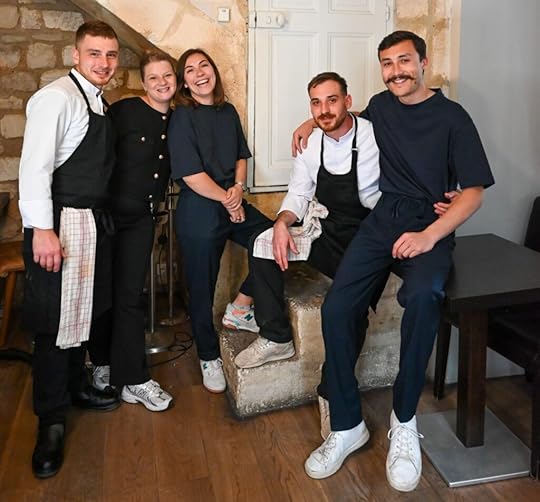
There’s a new restaurant in St-Rémy, and it’s a winner.
Aux Envies opened in the spring and has hit the ground running. It is situated on a small square in the center of town and its outdoor terrace, shaded by trees, is an inviting place to dine on a warm summer evening.
The team running it is young and energetic, with experience in several top local establishments, including the Michelin-starred restaurant l’Aupiho at Domaine de Manville. Val and I had dinner at Aux Envies recently and found the food, service, and ambiance excellent.
Read all about it in Perfectly Provence!
September 10, 2025
Why Learn French?
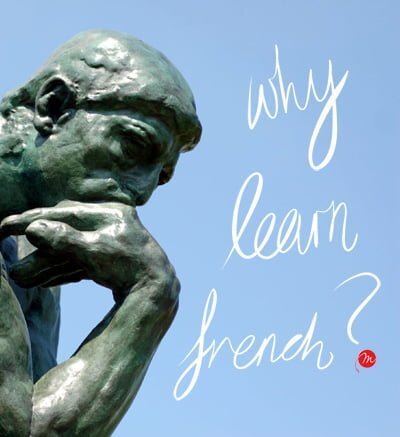
How important is French in today’s world, which English dominates in so many ways?
Is French useful or just a fun hobby for dilettantes? Is it a practical major for college students? And if you want to learn the language, what is the best way to go about it?
Let’s see what My French Life has to say about all this!

